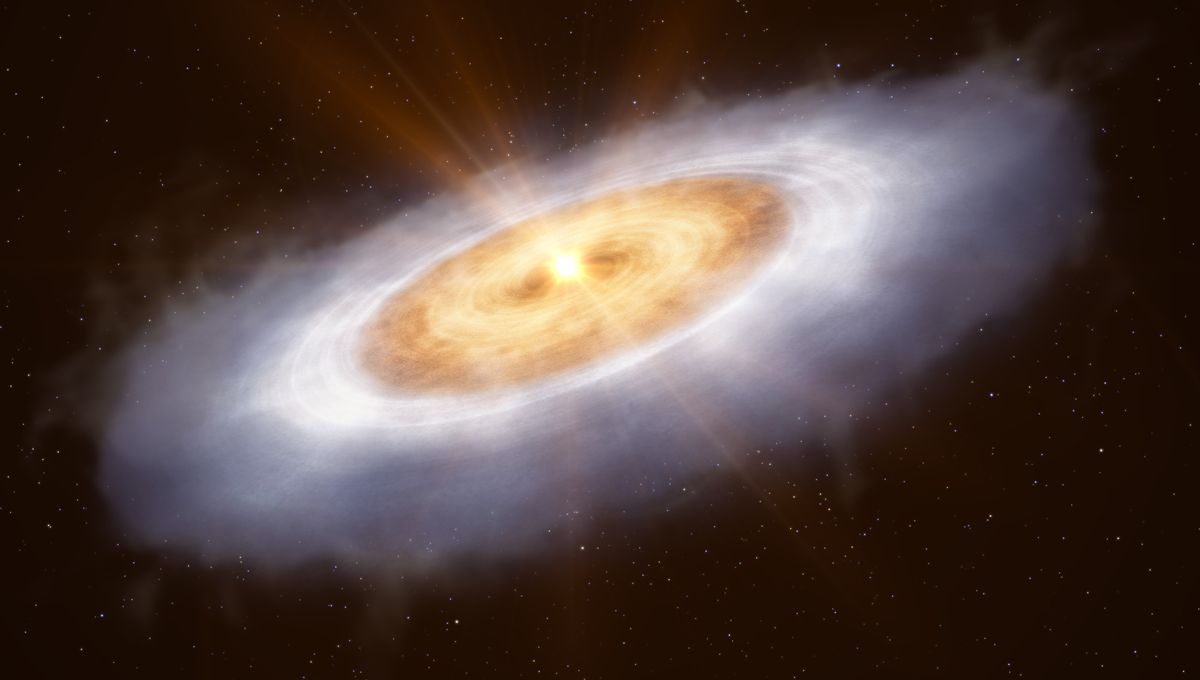
Water on Earth is believed to have been brought by comets, colliding with our fledgling planet billions of years ago. But that water did not form with the rest of the solar system. Researchers believe that it was already a component of the pre-solar nebula.
To understand the origins of water on Earth, researchers looked at the emission of two types of water: regular and heavy. Your standard simple water is made of one oxygen atom and two hydrogen atoms. But each element has isotopes, chemical twins that are slightly heavier because they have extra neutrons in their nuclei. One of the isotopes of hydrogen is called deuterium, and if water has a deuterium atom instead of regular hydrogen, then it is called heavy water.
The ratio between simple and heavy water is a chemical fingerprint: it tells us where the water comes from. And some comets have a ratio very similar to Earth’s own. What was not clear was the “when”. Stars form in gas clouds; they develop a disk from which planets and comets can emerge. Researchers found the connection between water and star system formation in a fledgling system 1,300 light-years from Earth.
“V883 Orionis is the missing link in this case,” lead author John J. Tobin, an astronomer at the National Radio Astronomy Observatory, said in a statement. “The composition of the water in the disc is very similar to that of comets in our own Solar System. This is confirmation of the idea that the water in planetary systems formed billions of years ago, before the Sun, in interstellar space, and has been inherited by both comets and Earth, relatively unchanged.”
It is incredible that we have found water in a distant star system that is like the one here on Earth. But it also tells us, that the water we drink and use is much older than our own planet.
“We can now trace the origins of water in our Solar System to before the formation of the Sun,” explained Tobin.
The observations were possible thanks to the incredible observational capabilities of the Atacama Large Millimeter/submillimeter Array (ALMA). But it needed something special to conduct these observations.
“Most of the water in planet-forming discs is frozen out as ice, so it’s usually hidden from our view,” says co-author Margot Leemker, a graduate researcher at Leiden Observatory in the Netherlands.
Luckily, V883 Orionis is a peculiar system. It is unusually hot due to the star outbursts that have caused the ice to turn into gas. And ALMA was able to study the gas composition, discovering the link between the cosmic and earthly water. But the work on this is far from over. Future infrared observatories, such as the Extremely Large Telescope, will be better suited to track the journey of water from interstellar clouds down to comets (and then planets).
The study is published in Nature.
Source Link: Water On Our Planet Is Older Than The Sun